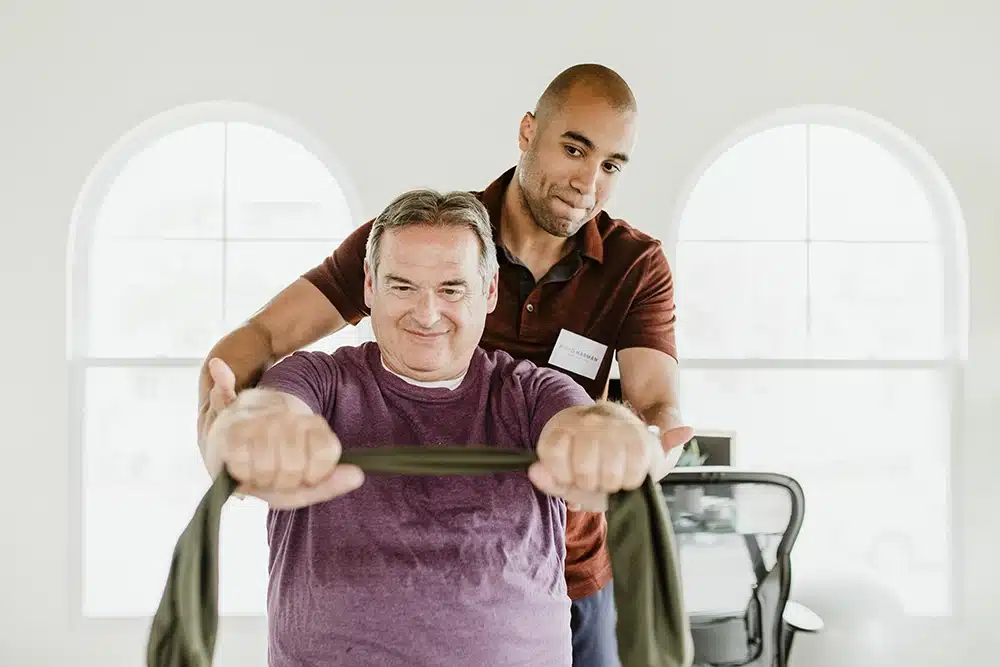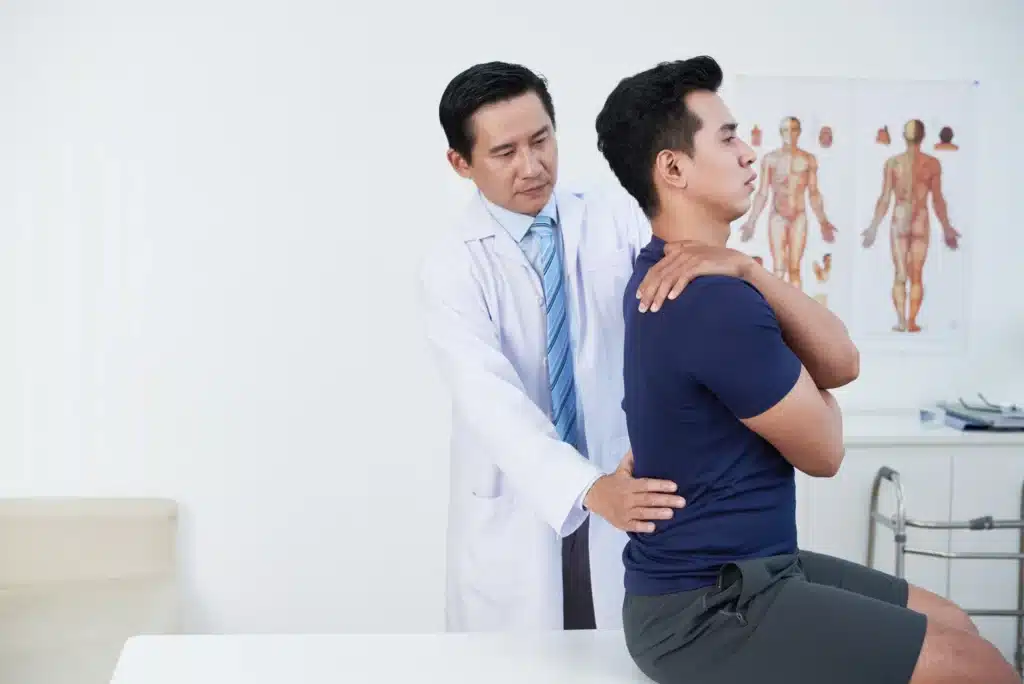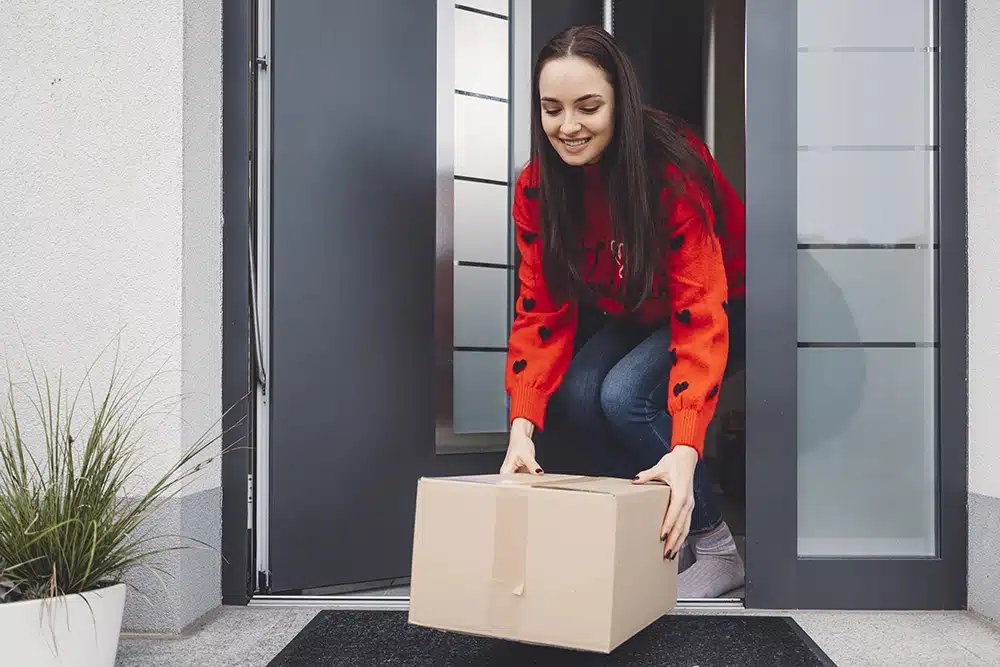
Table of Contents
ToggleLower back pain is a common ailment that affects a significant portion of the population at some point in their lives. Whether it’s a result of a sedentary lifestyle, occupational strain, or a medical condition, finding effective lower back pain relief can be a crucial step towards regaining comfort and quality of life.
In this comprehensive guide, we will explore various methods and treatments, providing you with practical solutions to alleviate your lower back pain. From understanding the causes to exploring home remedies and medical advice, this guide is your one-stop resource for all things related to lower back pain relief.
Understanding the common causes of lower back pain is essential for effective treatment. For many, age-related changes in the spine play a significant role, as discs begin to wear and joints undergo transformations.
However, daily activities and poor posture are equally culpable, often leading to strain and discomfort. Medical conditions such as herniated discs and arthritis add another layer of complexity to the issue.
Furthermore, occupational hazards and lifestyle choices can exacerbate or even trigger lower back pain. Stress and psychological factors are also noteworthy contributors, as they can manifest physically, particularly in the lower back area.

Home remedies can offer significant lower back pain relief, especially when applied correctly and consistently. Cold and heat therapies stand out for their simplicity and effectiveness; ice packs can reduce inflammation and numb pain, while heat therapy relaxes aching muscles and improves blood flow.
Regular exercise and stretching are vital in maintaining back health, enhancing flexibility, and reducing the likelihood of further injury. Mind-body techniques such as yoga and meditation not only strengthen the back but also help in managing stress, which can be a contributing factor to pain.
Additionally, choosing the right mattress and adopting beneficial sleeping positions can greatly improve spinal health and reduce discomfort.
While many cases of lower back pain can be managed at home, there are instances when medical intervention is necessary. It’s crucial to seek professional advice if the pain is severe, persistent, or accompanied by other symptoms like numbness or weakness.
Early medical evaluation can prevent the condition from worsening and help in identifying underlying causes that require specific treatments. Timely intervention is particularly important for acute pain, which, if neglected, can evolve into chronic pain, posing a greater challenge to treat.
Recognizing the signs that indicate the need for a doctor’s visit is a critical step in managing lower back pain effectively.
Physical therapy is a cornerstone in the treatment of lower back pain, offering a range of benefits from pain management to improved mobility. Physical therapists employ various techniques, including electrical stimulation and muscle relaxation, tailored to individual needs.
These exercises not only alleviate current discomfort but also provide long-term benefits by strengthening the core muscles that support the back. Additionally, physical therapy offers invaluable guidance on posture and movement, helping to prevent future episodes of pain.
Engaging in regular physical therapy sessions can significantly enhance the recovery process and offer sustained lower back pain relief.

Prevention is often the best cure, and this holds true for lower back pain. Regular exercise is paramount in maintaining a strong and flexible back, reducing the risk of injury and strain.
Adjusting posture, especially during long periods of sitting or standing, can significantly impact spinal health. Incorporating ergonomic furniture and tools in daily life can also prevent undue stress on the back.
Additionally, managing stress through relaxation techniques and ensuring adequate rest are essential in maintaining overall back health. Simple lifestyle adjustments can go a long way in preventing lower back pain and ensuring a pain-free life.
Diet plays a significant role in managing and preventing lower back pain. Nutritional choices directly impact inflammation in the body, which can exacerbate back pain.
Incorporating anti-inflammatory foods like leafy greens, fatty fish, nuts, and fruits can help reduce inflammation and provide lower back pain relief. Hydration is also crucial; adequate water intake ensures that the spinal discs remain hydrated and function properly.
Supplements such as Vitamin D and Magnesium can also be beneficial, particularly if dietary intake is insufficient. However, it’s important to consult with a healthcare professional before starting any supplements.
Avoiding foods that trigger inflammation, such as processed foods, sugary snacks, and excessive caffeine, is equally important for maintaining back health.

Over-the-counter (OTC) medications can be effective for temporary lower back pain relief. Nonsteroidal anti-inflammatory drugs (NSAIDs), like ibuprofen and naproxen, reduce inflammation and alleviate pain.
Acetaminophen, while not anti-inflammatory, can also be used for pain relief. It’s important to follow the recommended dosages and be aware of potential side effects.
OTC medications are best used for short-term relief and should not be relied upon as a long-term solution. For persistent or severe pain, it’s advisable to consult with a healthcare professional who may suggest stronger prescription medications or alternate therapies.
In addition to traditional medical treatments, several alternative therapies can offer relief from lower back pain. Acupuncture, for instance, has shown promise in relieving chronic pain by stimulating specific points in the body.
Chiropractic adjustments and osteopathic manipulative treatment can also be effective, especially for pain related to spinal misalignment. Therapeutic massage not only relieves muscle tension but also improves circulation, aiding in recovery.
It’s important to choose qualified practitioners and discuss these options with your doctor to ensure they complement your overall treatment plan.
Stress and mental health significantly impact physical health, including lower back pain. Practices like mindfulness-based stress reduction (MBSR) and cognitive-behavioral therapy (CBT) can be effective in managing pain.
These techniques help in altering one’s perception of pain and improving coping strategies. Engaging in regular mindfulness practices, such as meditation and deep breathing exercises, can reduce the intensity of pain and improve one’s overall well-being.
Reducing stress through these practices can have a profound effect on alleviating lower back pain relief.

Regular medical check-ups are crucial in the management of lower back pain. These check-ups help in monitoring the progress of your condition and adjusting treatment plans as necessary.
They also provide an opportunity to discuss any new symptoms or concerns with your healthcare provider. Preventive care through regular check-ups can identify potential issues early, allowing for timely intervention and reducing the risk of chronic pain development.
Sleep plays a pivotal role in managing lower back pain. A good night’s sleep can significantly enhance the healing process, while poor sleep can exacerbate pain.
It’s important to adopt a sleep position that supports the spine – sleeping on the side with a pillow between the knees or on the back with a pillow under the knees can help. Investing in a good quality mattress that provides adequate support to the back is also crucial.
Establishing a regular sleep routine and creating a sleep-conducive environment can further aid in reducing lower back pain.
Maintaining good posture is key to preventing and alleviating lower back pain. Poor posture puts unnecessary strain on the back, leading to pain and discomfort.
When sitting, keep your feet flat on the floor, your back straight, and your shoulders relaxed. While standing, distribute your weight evenly on both feet and avoid slouching.
Ergonomic chairs and desks can help maintain proper posture, especially for those who sit for long periods. Regular posture checks and corrections can significantly reduce the risk of developing lower back pain.

Improper lifting techniques are a common cause of lower back pain. To lift safely, always bend at the knees and hips, not the waist.
Keep the load close to your body and avoid twisting or turning while lifting. If an object is too heavy, seek assistance instead of attempting to lift it alone.
Teaching and practicing safe lifting techniques, both at work and at home, can prevent unnecessary strain on the lower back and reduce the risk of injury.
Regular exercise is one of the most effective ways to prevent and manage lower back pain. Exercises that strengthen the core muscles provide better support for the spine.
Activities like walking, swimming, and cycling are low-impact and can help in maintaining overall back health. Stretching exercises are also beneficial as they improve flexibility and reduce tension in the muscles surrounding the spine.
It’s important to start slowly and gradually increase the intensity of workouts to avoid overexertion. Consulting with a physical therapist or a fitness expert can help in designing an exercise regimen that’s tailored to individual needs and capabilities.
Regular physical activity not only helps in managing existing back pain but also plays a crucial role in preventing its recurrence.
In some cases of lower back pain, when all other treatments have failed to provide relief, surgery might be considered. Conditions like severe herniated discs, spinal stenosis, or spondylolisthesis might require surgical intervention.
However, surgery is typically viewed as a last resort and is only recommended after a thorough evaluation by a spine specialist. Understanding the risks and benefits of spinal surgery is important, and seeking a second opinion can provide additional perspective on whether surgery is the most appropriate course of action.

Lower back pain is a multifaceted issue that requires a comprehensive approach to treatment and management. From understanding the causes to exploring a range of treatment options, this guide has aimed to provide you with valuable insights for achieving lower back pain relief.
Remember, the key to effectively managing lower back pain lies in a combination of medical treatments, lifestyle adjustments, and proactive preventive measures. Regular consultations with healthcare professionals, along with personal commitment to maintaining back health, can lead to significant improvements in quality of life.
We hope this guide has been a helpful resource in your journey towards comfort and healing from lower back pain.
GET IN TOUCH +
285 Sills Road
Building 5-6, Suite E
East Patchogue, NY 11772
(631) 475-5511
184 N. Belle Mead Road
East Setauket, NY 11733
(631) 675-6226
GET IN TOUCH +
285 Sills Road
Building 5-6, Suite E
East Patchogue, NY 11772
(631) 475-5511
184 N. Belle Mead Road
East Setauket, NY 11733
(631) 675-6226
SUBSCRIBE TO OUR NEWSLETTER +
Send us a Google review. Click this link and let us know how we did!
Review us on Yelp too.